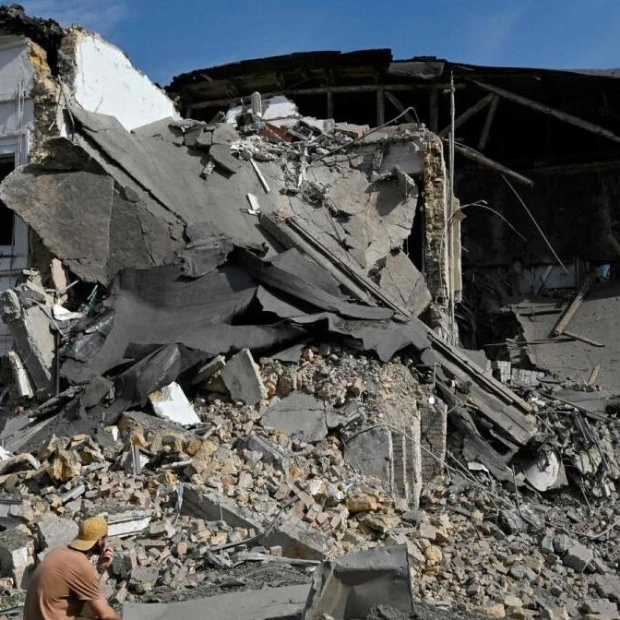Extended dry periods can provide a boost to a lethal fungal disease. While California droughts may temporarily suppress cases of valley fever—a potentially fatal illness caused by Coccidioides fungi—researchers report in the October issue of Lancet Regional Health — Americas that cases surge when rain returns. Valley fever is increasing across parts of the western United States, disseminated by fungal spores stirred up in airborne dust (SN: 1/4/23). Although most individuals who inhale spores remain unaffected, those who do develop respiratory symptoms such as coughing and shortness of breath. In severe instances, the fungus can lead to chronic lung issues or spread to other body parts.
Science News is gathering reader inquiries about navigating our planet's evolving climate. What do you want to know about extreme heat and its role in extreme weather events? The fungus responsible for valley fever is commonly found throughout the western United States. Coccidioides is not uniformly distributed and may not be present in all shaded areas. It could also exist outside the indicated regions.
Knowing when the valley fever season begins can aid public health agencies in issuing targeted warnings and identifying when physicians should be vigilant for new cases, says Justin Remais, an environmental health researcher at the University of California, Berkeley. “Some infectious diseases are exacerbated by drought conditions,” Remais notes. To determine if the same applies to valley fever, Remais and his team examined climate data and all reported cases in California from 2011 to 2021. They found that cases typically peak between September and November, at the end of California’s dry season. Smaller seasonal peaks occurred during droughts, but these spiked a year or two after rains ended the dry spell. The cause of this pattern remains unclear. Coccidioides populations might decline during droughts, allowing surviving spores to thrive with less competition in wet weather. The lack of rain might also eliminate fungus-carrying rodents, providing nutrients from decomposing animals, or increase dust levels, spreading spores that moisture revives.
It is uncertain whether droughts influence case spikes in other states like Arizona, the U.S. epicenter for valley fever. As droughts intensify and rains become heavier due to climate change, more people could be at risk (SN: 1/10/23). “We need to better comprehend how these pathogens are adapting to new environments to better prevent infections and safeguard those at risk in the coming decades,” Remais says.
Questions or comments on this article? E-mail us at feedback@sciencenews.org | Reprints FAQ A.K. Heaney et al. Coccidioidomycosis seasonality in California: a longitudinal surveillance study of the climate determinants and spatiotemporal variability of seasonal dynamics, 2000–2021. The Lancet Regional Health — Americas. Vol. 38, October 2024, 100864. doi: 10.1016/j.lana.2024.100864. Erin I. Garcia de Jesus is a staff writer at Science News. She holds a Ph.D. in microbiology from the University of Washington and a master’s in science communication from the University of California, Santa Cruz.
We are at a pivotal moment, and supporting climate journalism is more crucial than ever. Science News and our parent organization, the Society for Science, need your assistance to enhance environmental literacy and ensure our response to climate change is grounded in science.
Please subscribe to Science News and add $16 to expand science literacy and understanding.






